Beschreibung
I. Einleitung
Schnelle offene Verschlüsse, auch als QOCs bezeichnet, sind kritische Komponenten, die in zahlreichen Branchen weit verbreitet sind, um einen sicheren, effizienten und schnellen Zugang zum Innenraum eines Druckbehälters zu ermöglichen. Diese mechanischen Geräte entwickelten für optimale Leistung und sind so ausgelegt, dass sie Hochdruckkammern sicher abdichten und gleichzeitig eine schnelle und einfache Öffnung ermöglichen, wenn dies erforderlich ist.
Ihre Hauptfunktion besteht darin, die Sicherheit und Integrität von Druckbehältern wie Pipelines, Tanks und Reaktoren zu gewährleisten, die häufig extremen Bedingungen ausgesetzt sind. Durch das Anbieten eines sicheren und dennoch zugänglichen Siegels strationziiert QOC die Prozesse der Inspektion, Wartung und Reinigung erheblich, wodurch die operativen Ausfallzeiten minimiert werden.
Die Vielseitigkeit und Effizienz von QOC haben zu ihrer weit verbreiteten Einführung in verschiedenen Sektoren geführt. Zu den wichtigsten Branchen zählen der Öl- und Gassektor, in dem sie in den sicheren Betrieb von Pipelines und Lagertanks integriert sind. Die chemische und petrochemische Industrie verlassen sich für ihre Reaktoren und Separatoren stark auf sie. In ähnlicher Weise sind QOCs in den Bereichen der Pharma-, Lebensmittelverarbeitung und Wasserbehandlungssektoren für die Aufrechterhaltung hoher Sicherheits- und Hygienestandards unverzichtbar.
Im Wesentlichen dient QOC als eine zentrale Schnittstelle zwischen den Operatoren und den Hochdruckumgebungen in ihrer Ausrüstung-einem Gateway, das Sicherheit, Effizienz und Zugänglichkeit kombiniert.
Ii. Design und Funktionalität von schnellen offenen Schließungen
Design und Funktionalität schneller offener Schließungen
Schnelle offene Schließungen sind genial entwickelt, um die Anforderungen von Sicherheit, Effizienz und Benutzerfreundlichkeit in Einklang zu bringen. Normalerweise bestehen sie aus einigen Schlüsselkomponenten: dem Verschlusstür, dem Siegel und dem Verriegelungsmechanismus.
Die Schließtür bildet den Hauptkörper des schnellen offenen Verschlusses. Es ist robust konstruiert, um hohem Druck standzuhalten und wird direkt auf das Druckgefäß gepackt oder angeschlagen. Das Design der Tür beinhaltet häufig eine bestimmte Kontur, um den Versiegelungs- und Verriegelungsmechanismus aufzunehmen.
Das Siedel, normalerweise aus belastbaren elastomeren Materialien, ist so ausgelegt, dass sie eine Druckdichtung zwischen der Verschlusstür und dem Druckbehälter bietet. Einige schnelle offene Verschlüsse verfügen über Versiegelungen mit einzigartigen Formen, um Änderungen des Drucks und der Temperatur zu berücksichtigen und eine zuverlässige Siegel unter verschiedenen Bedingungen zu gewährleisten.
Der Verriegelungsmechanismus ist das Merkmal, das schnelle offene Schließungen ihren Namen verleiht. Dieser Mechanismus kann von einfachen Faden- oder Schränkten-Designs bis hin zu komplexeren Schnellveröffentlichungssystemen reichen. Das gemeinsame Ziel ist es jedoch, ein sicheres Schloss bereitzustellen, das bei Bedarf schnell und einfach geöffnet werden kann. Dieses Design ermöglicht einen effizienten Zugang zum Druckbehälter zur Inspektion, Wartung oder Reinigung.
In Bezug auf die Materialien werden schnelle offene Verschlüsse häufig aus hochfesten, korrosionsbeständigen Metallen wie Edelstahl, Kohlenstoffstahl oder Legierungsmaterialien hergestellt, abhängig von den spezifischen Anforderungen der Anwendung. Die Auswahl des Materials ist entscheidend, da es den Druck, Temperatur und potenziellen korrosiven Auswirkungen des Inhalts innerhalb des Druckbehälters standhalten muss.
Im Wesentlichen sind schnelle offene Verschlüsse sorgfältig ausgerichtete Geräte, die eine Reihe von Designelementen enthalten, um eine praktische und effektive Lösung für den Zugang zu Hochdruckschiffen in einer Vielzahl von Branchen zu bieten.
III. Vorteile schneller offener Schließungen
Vorteile schneller offener Schließungen
Das charakteristische Design und die Funktionalität von schnellen offenen Schließungen erzielen mehrere Vorteile, insbesondere in Bezug auf Sicherheit, Betriebseffizienz und Haltbarkeit.
Sicherheit: Schnelle, offene Schließungen werden mit Sicherheit als größtes Problem errichtet. Diese Geräte sind so konzipiert, dass sie Hochdruckumgebungen standhalten, wodurch das Risiko einer versehentlichen Entladung oder Lecks minimiert wird, die erhebliche Sicherheitsrisiken darstellen könnten. Viele Modelle enthalten auch Sicherheitsmerkmale wie Druckwarnindikatoren oder fehlgedichtete Verriegelungsmechanismen, um eine versehentliche Öffnung unter Druck zu verhindern und so eine zusätzliche Schutzschicht für die Betreiber zu bieten.
Betriebseffizienz: Schnelle offene Schließungen tragen erheblich zur Verbesserung der betrieblichen Effizienz bei. Ihr Design ermöglicht einen schnellen Zugang zu den Innenräumen von Druckbehältern und verringert die Zeit, die für Inspektionen, Wartung und Reinigungsverfahren erforderlich ist, drastisch. Diese Effizienz minimiert Ausfallzeiten, was zu einer verbesserten Produktivität in Branchen führt, in denen die operative Kontinuität von entscheidender Bedeutung ist. Dies kann wiederum zu Kosteneinsparungen und zu einer Steigerung der Gesamtbetriebsleistung führen.
Haltbarkeit und Langlebigkeit: Aus hochfache, korrosionsbeständige Materialien wie Edelstahl oder andere langlebige Legierungen werden schnelle, offene Verschlüsse gebaut, um harte Bedingungen und längere Verwendung standzuhalten. Diese Widerstandsfähigkeit sorgt für eine längere Betriebsdauer, was zu verringerten Ersatzkosten im Laufe der Zeit führt. Darüber hinaus ermöglicht das Design dieser Verschlüsse häufig, dass Teile wie Robben leicht ersetzt werden, wodurch ihre Langlebigkeit weiter erweitert und eine wirtschaftliche Lösung für die Industrie geliefert wird.
Iv. Schnelle offene Schließungen in verschiedenen Branchen
Schnelle offene Schließungen in verschiedenen Branchen
Schnelle offene Schließungen sind vielseitig und anpassungsfähig und finden Anwendungen in einer Vielzahl von Branchen. Schauen wir uns ihre Rolle in mehreren Schlüsselsektoren genauer an:
Öl-und Gasindustrie: Im Öl- und Gassensektor werden schnelle offene Verschlüsse ausgiebig in Rohrleitungen, Lagertanks und Druckbehältern verwendet. Sie bieten eine sichere und zuverlässige Versiegelung für diese Systeme, um die sichere Eindämmung und den Transport von Öl- und Gasprodukten sicherzustellen. Die Schnellöffnungsfunktion ermöglicht den schnellen Zugang für Wartung und Inspektionen und verringert die Ausfallzeit in einer Branche erheblich, in der die operative Effizienz von größter Bedeutung ist. Darüber hinaus kann ihr robustes Design den harten Bedingungen standhalten, die häufig im Öl- und Gasbetrieb auftreten und die Sicherheit und Zuverlässigkeit verbessern.
Chemieindustrie: Schnelle offene Verschlüsse spielen eine entscheidende Rolle in der chemischen Industrie, wo sie in Reaktoren, Separatoren und anderen Hochdruckgefäßen verwendet werden. Sie sorgen für die sichere Eindämmung von flüchtigen und korrosiven Chemikalien dank ihres robusten Designs und ihrer hochwertigen Materialien. Der schnelle Zugang dieser Schließungen ermöglicht regelmäßige Inspektionen und Wartung, um die laufende Sicherheit und Effizienz chemischer Prozesse zu gewährleisten.
Andere Branchen: Über den Öl-, Gas- und Chemiesektor hinaus finden schnelle offene Verschlüsse die Verwendung in verschiedenen anderen Branchen. In der Pharmaindustrie werden sie in Druckbehältern verwendet, die für die Herstellung und Lagerung verwendet werden, um eine sterile Umgebung zu gewährleisten, indem zuverlässige Eindämmung anbietet. In der Lebensmittelverarbeitung können schnelle, offene Verschlüsse bei der Aufrechterhaltung hoher Hygienestandards bei der Aufrechterhaltung eines einfachen Zugangs für die Reinigung und Desinfektion von Gefäßen erhalten. Sie finden auch Anwendungen im Wasserbehandlungssektor, bei denen sie einen sicheren und einfachen Zugang zur Aufrechterhaltung von Hochdruckfiltrations- und Behandlungssystemen bieten.
V. Zukunft der schnellen offenen Schließungen
Zukunft schneller offener Schließungen
Da sich die Branchen weiterentwickeln und die technologischen Fortschritte vorangehen, wird die Zukunft schneller offener Schließungen wahrscheinlich auch erhebliche Transformationen feststellen. Hier ein Blick auf einige potenzielle Entwicklungen und aufkommende Trends:
Mögliche Entwicklung: Das grundlegende Design von schnellen offenen Schließungen, die über viele Jahre nachgewiesen wurden, ändern sich möglicherweise nicht drastisch. Verbesserungen waren jedoch in Form von noch schnelleren Öffnungsmechanismen, widerstandsfähigeren Versiegelungsmaterialien und der Einbeziehung intelligenter Technologie zu beobachten. Die Integration von Sensoren zur Überwachung der Integrität der Dichtungen, Druckniveaus und anderer kritischer Parameter ist eine wahrscheinliche Entwicklung. Dies würde die Vorhersagewartung ermöglichen und die Sicherheits- und Betriebseffizienz weiter verbessern.
Aufkommende Trends und Innovationen: Wenn sich die Branchen in Richtung Digitalisierung und Industrie 4.0 bewegen, könnten schnelle offene Schließungen in das Internet of Things (IoT) integriert werden. Dies würde die Überwachung und Kontrolle von Echtzeit ermöglichen, wodurch potenzielle Ausfälle vorhergesagt und die Wartung planen, wodurch die Ausfallzeit verringert und die Produktivität verbessert wird.
Ein weiterer Trend ist der zunehmende Fokus auf Nachhaltigkeit. Schnelle offene Schließungen können aus umweltfreundlicheren Materialien vorgenommen werden oder für das leichtere Recycling am Ende ihres Lebenszyklus ausgelegt sind. Außerdem könnten energieeffizientere Herstellungsprozesse eingesetzt werden, was die Umweltauswirkungen weiter verringert.
Auswirkungen auf die Verwendung: Diese Fortschritte könnten erhebliche Auswirkungen auf die Verwendung schneller offener Schließungen haben. Verbesserte Sicherheitsmerkmale und prädiktive Wartungsfunktionen könnten das Risiko von Unfällen verringern und die Betriebseffizienz verbessern. Die Integration mit IoT könnte eine größere Kontrolle ermöglichen und unerwartete Ausfallzeiten verringern. In der Zwischenzeit könnte der Fokus auf Nachhaltigkeit schnelle offene Schließungen für die Branchen, die darauf abzielen, ihren ökologischen Fußabdruck zu verringern, noch schneller machen.
VI. Eigenschaften
Eigenschaften | ||||
Auslegungsdruck | 1,6 MPa-30 MPa | |||
Korrosionszuschlag | 2mm | |||
Intensität der seismischen Befestigung | 7 Grad | |||
Arbeitsmedium | Öl, Erdgas, Wasser und Erzbrei usw. | |||
Öffnungszeit | Innerhalb von 60 Sekunden weniger als 200 N | |||
Öffnungstyp | Vertikal oder horizontal | |||
VII. Abschluss
Während dieser Erkundung haben wir die unverzichtbare Rolle und eine enorme Vielseitigkeit schneller offener Schließungen in einer Vielzahl von Branchen gesehen. Vom Öl- und Gassektor bis zur chemischen Industrie bis hin zu Pharmazeutika, Lebensmittelverarbeitung und darüber hinaus haben diese Geräte ihren Wert durch die Gewährleistung der Sicherheit, die Verbesserung der Betriebseffizienz und das Angebot einer beeindruckenden Haltbarkeit demonstriert.
Wichtige Erkenntnisse über die einzigartigen Designelemente von schnellen offenen Schließungen, die es ihnen ermöglichen, Hochdruckumgebungen standzuhalten, ihr Beitrag zur allgemeinen Betriebseffizienz durch Minimierung der Ausfallzeiten und deren robuste Konstruktion, die die Langlebigkeit gewährleistet. Darüber hinaus unterstreicht ihre Anwendung in verschiedenen Branchen ihre Vielseitigkeit und Anpassungsfähigkeit an unterschiedliche Betriebsbedürfnisse.
Mit Blick auf die Zukunft ist die Zukunft schneller offener Schließungen vielversprechend. Angesichts der potenziellen Fortschritte bei der Integration in der Smart -Technologie, den Vorhersagewartungsfähigkeiten und einem wachsenden Schwerpunkt auf Nachhaltigkeit sollen diese Geräte nicht nur ihre Relevanz aufrechterhalten, sondern sich auch im Schritt mit der sich verändernden industriellen Landschaft weiterentwickeln.

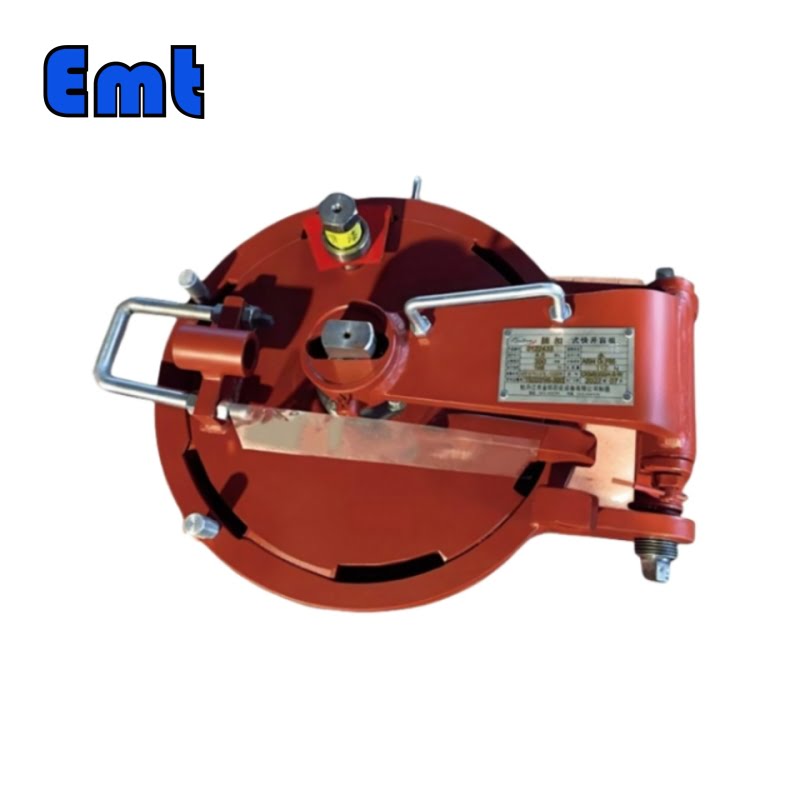

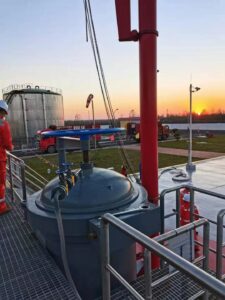
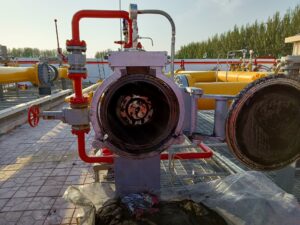
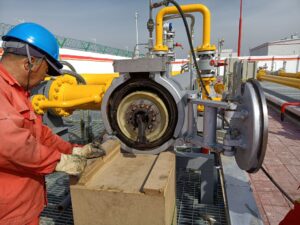
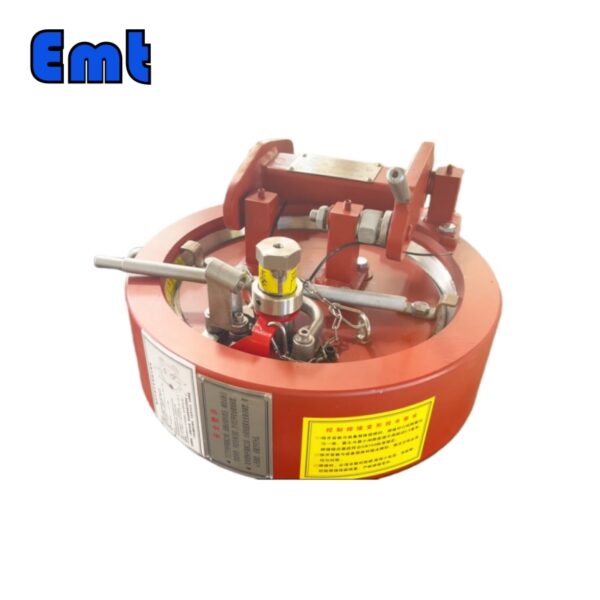
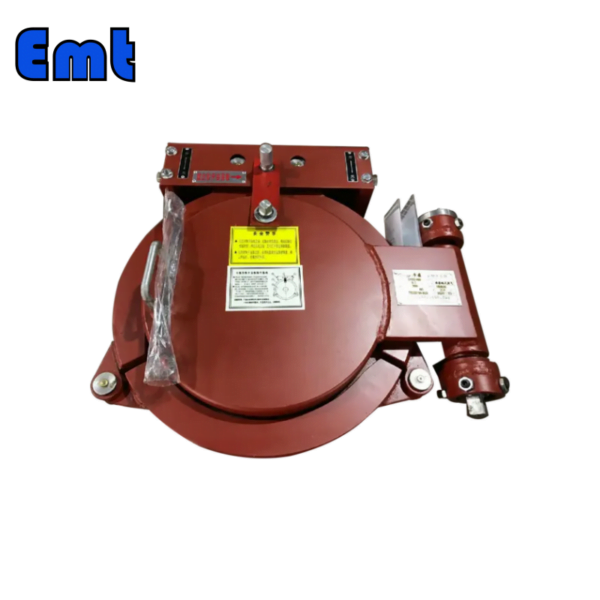


http://boyarka-inform.com/ –
Wiith hat so viele Inhalte, haben Sie jemals auf Anyy -Probleme begegnet
von Plagorismus oder Urheberrechtsverletzung? Meine Website hat viele völlig einzigartige Inhalte
Ich habe mich entweder selbst erstellt oder ausgelagert, aber es lokt wie viel, es taucht alles auf
Ovger das Web ohne meine Vereinbarung. Kennen Sie AANY -Techniken, um vor Inhalten vor gestohlenem Inhalt zu schützen? Ich würde es wirklich zu schätzen wissen. http://Boyarka-Inform.com/